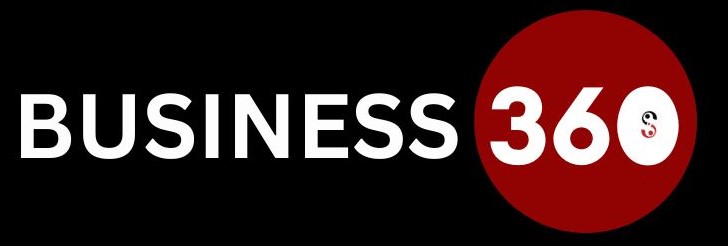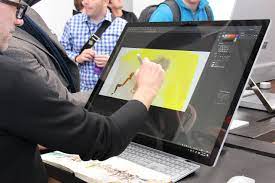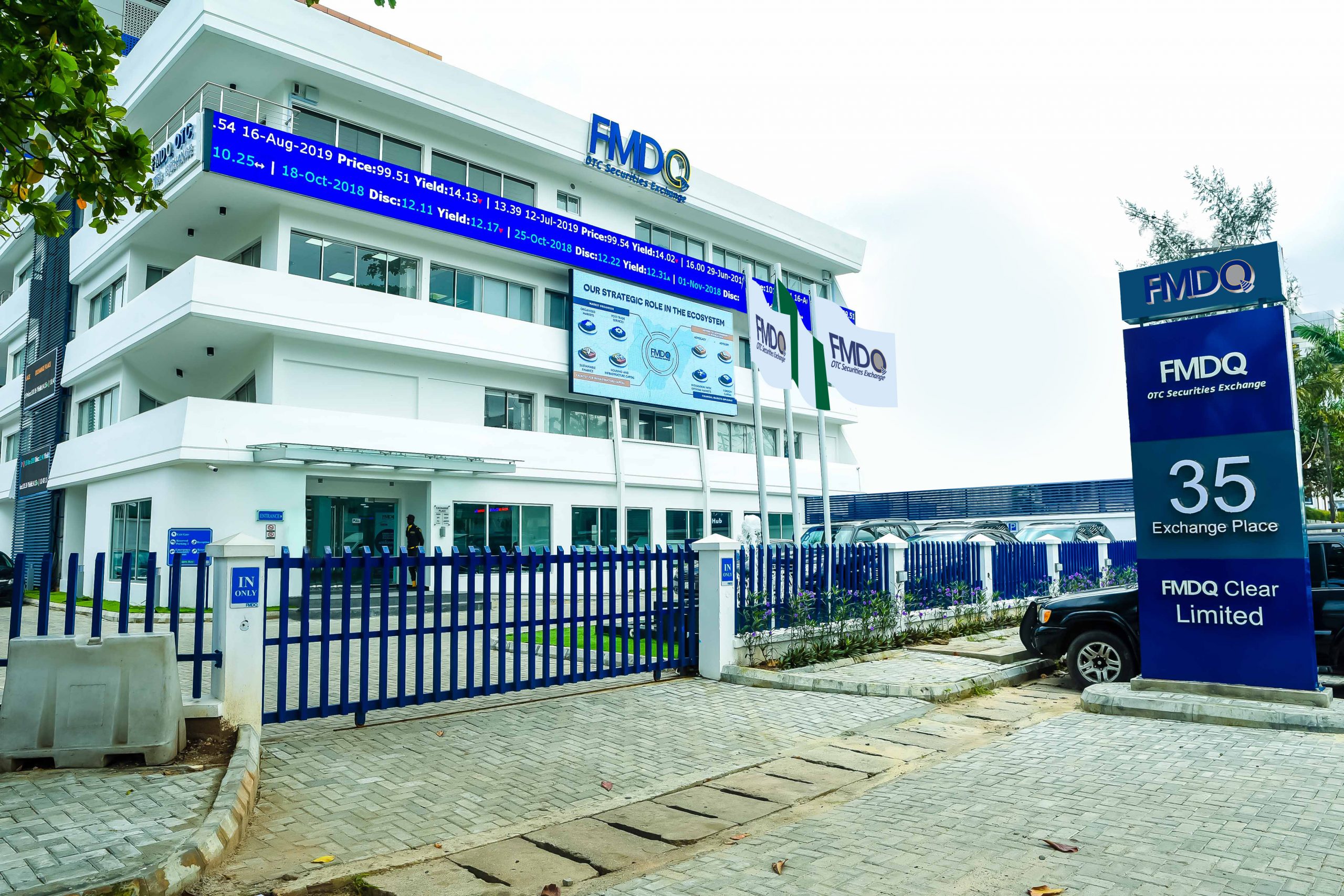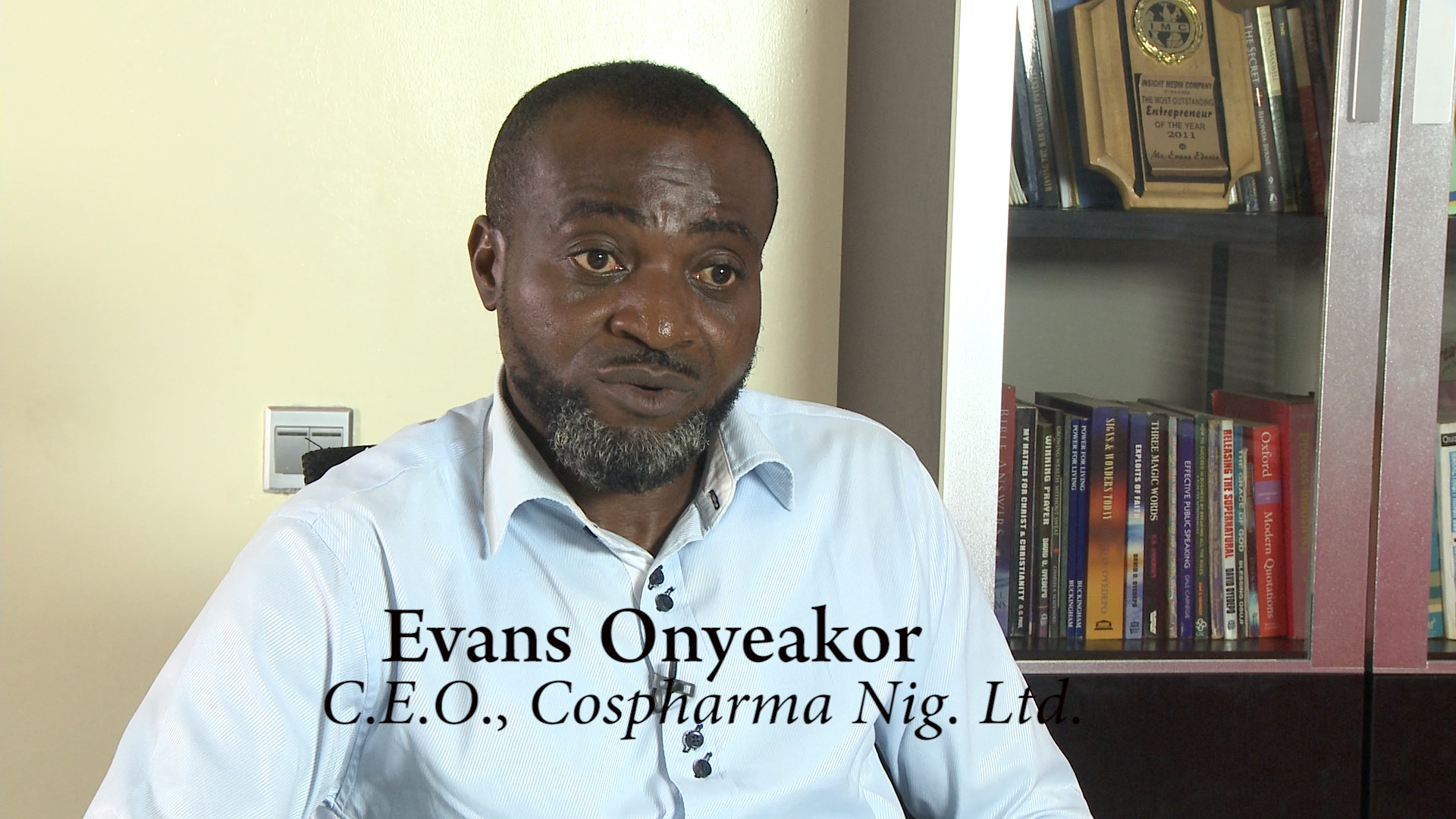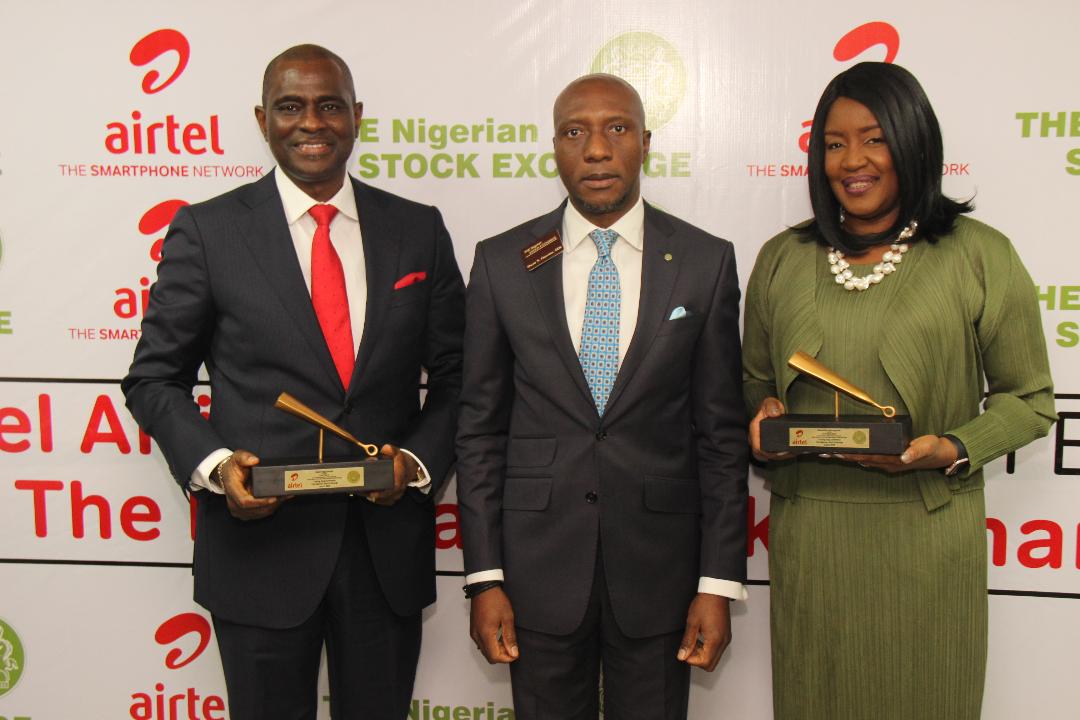The Surface Studio 2+ starts at $4,299, and $4,499 with the digital pen. The previous Surface Studio 2, released in 2018, received some criticism for its $3,499 startingprice. Microsoft told CNN Business this year’s price jump is attributed to several significant improvements,including the new processor, a 1 TB SSD hard drive for faster file transfers and an enhanced 1080p camera, among other features.
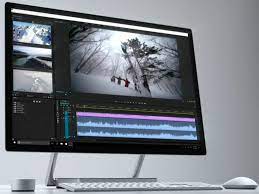
The announcements about the refreshed Surface product lineup will kick off Microsoft’s days-longIgnite developer conference on Wednesday. The event comes as Microsoftmarks the tenth anniversary of the Surface line, which originally launched with a tablet to take on the iPad.
Like other tech companies that have unveiled new products this fall, Microsoft is also confronting a more difficult economic environment, including high inflation and fears of a looming recession, that could make it harder to convince customers to spend three or even four figures upgrading devices.
While the new Surface products aren’t much different in terms of design or screen size than previous iterations, the latest devices feature some upgrades, including new chipsets for better performance.
Microsoft showed off its flagship Surface Pro 9 tablet, once again aimed at replacing the laptop. The two-in-one device features an aluminum casing in new colors as well asa built-in kickstand and a PixelSense display. Underneath the display is an HD camera, updated speakers and microphones, and a custom G6 chip. Microsoft said the chip helps power apps with digital ink, such as Ink Focus in Microsoft OneNote and the GoodNotes app for Windows 11, which is designed to make it feel like the user is writing with a pen and paper.
The Surface Pro 9 also offers a choice between processors. The first option is a 12th Gen Intel Core processor built on the Intel Evo platform 4 with Thunderbolt 4 – a combination which promises 50% more performance, better multitasking and desktop productivity, faster data transfer, and the ability to dock to multiple 4K displays. The second option is a Microsoft SQ3 processor powered by Qualcomm Snapdragon with 5G connectivity, with up to 19 hours of battery and new AI features.
The Surface Pro 9 is available in four colors, including platinum, graphite, sapphire and forest.It starts at $999.

Microsoft also introduced an update to its ultra-portable laptop, Surface Laptop 5, which looks very similar to its predecessor but with a processor update that may attempt to bring it closer in competition with Apple’s ARM-based chipsets for macOS laptops.
Surface Laptop 5 runs on Intel Evo platform and comes in two display sizes: 13.5 inches and 15 inches. It comes with updated Dolby Atmos 3D spatial speakers, a front-facing HD camera that automatically adjusts camera exposure in any lighting, and several new aluminum colors, such as cool metal, sage and alcantara. The company also said it promises one day of battery life on a single charge and is 50% more powerful than its predecessor.
The Surface Laptop starts at $999 for the 13.5-inch version and $1299 for the 15 inch. Pre-orders begin for Surface products on Wednesday in select markets and start hitting shelves later this month.

Microsoft hardware devices amount to between 3% to 5% of the tablet market, according to David McQueen, an analyst at ABI Research. Instead, the bulk of its revenue comes from Microsoft OS across different device types and associated applications and cloud services.
“Microsoft is able to stay in the hardware sector because of revenue generated from these services,” McQueen said. It’s an approach similar to Google whose Pixel smartphone remains a niche product but serves as a way for the company to highlight its apps and OS.
On Wednesday, the company also announced a new Microsoft Designer app and Image Creator in Bing and the Edge browser to bring advanced graphic design to mainstream audiences. The platform relies heavily on a partnership with startup OpenAI and its AI-powered DALL-E 2 tool, which generates custom images using text prompts. DALL-E 2 is also coming to Microsoft’s Azure OpenAI Service.
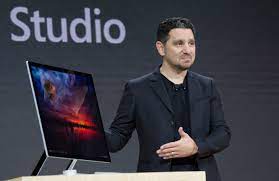
Brands are increasingly using DALL-E 2 for both ads and product inspiration, according to Microsoft. In a blog post, the company detailed how toy company Mattel sought out DALL-E 2 to conceptualize how future cars may look, such as by changing colors and typing “make it a convertible,” among other commands.
Experts in the AI field have raised concerns that the open-ended nature of these systems — which makes them adept at generating all kinds of images from words — and their ability to automate image-making means they could automate bias on a massive scale. In previous test of OpenAI’s system, for example, typing in “CEO” showed images that all appeared to be men and nearly all of them were white.
Microsoft said it is taking the concerns seriously. Inappropriate text requests will be denied by Microsoft’s servers, according to the company, and users will ultimately be banned for repeat offenses. [cnn]
